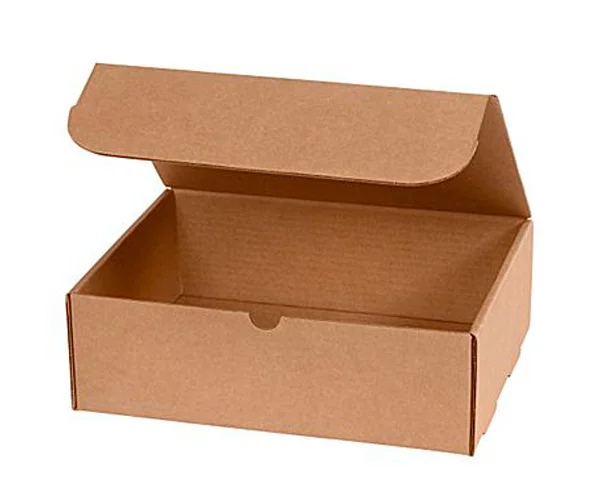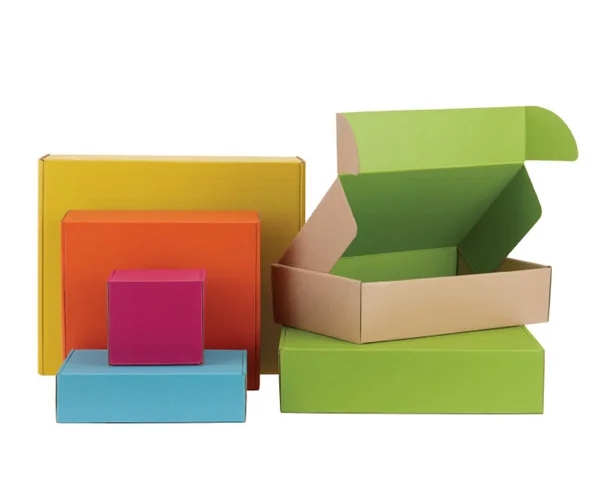The simple cardboard box is one of the most popular types of packaging. It is a crucial component of the production of packaging. In addition to filling the shelves, it is also apparent across the whole supply chain. It is difficult to understand that a cardboard box began as a tree when looking at it since it is often stamped and branded with enticing colors and language. We go over each stage of the box manufacturing process. Although, as customers, we frequently overlook the manufacturing process, we believe packaging should be praised. So how does a tree eventually transform into a box? Here are the steps involved in the manufacturing process of custom-printed mailer boxes:
1. The tree
Although we like to use recycled cardboard when making boxes, a cardboard box once began as a tree. Softwood woods like pine and fir are typically used to manufacture custom mailer packaging. They were selected because they contain long fibers that may provide an excellent finish for cardboard and create stress that boosts strength. In addition, many manufacturers will choose wood from managed and sustainable forests, meaning that any trees cut down are replanted to help preserve the forest’s environment. Depending on the tree utilized, the paper and cardboard produced will have a distinct color. Silver birch trees, for instance, will provide a dark color, but spruce will create a light brown color.

2. The pulp
Wood chips are produced by falling the tree. After that, the pulp is created from these wood chips. This can be accomplished by either chemically heating the wood chips or grinding the wood against a stone. This allows you to strengthen the pulp by adding chemicals like sodium sulfate. In most cardboard products, the pulp is retained in its original color. But it may also be bleached to make it seem white.
3. Corrugation
After the pulp has dried, you may begin making cardboard. A piece of fluted cardboard that fits between the two liners and two pieces of paper or card is needed to create corrugated cardboard. The fluting gives the cardboard more strength and protection from damage. The corrugated roller, which flutes or ruffles the paper, is fed rolls of the piece created from the dry pulp. The quantity of fluting necessary will depend on how well the box is made.
High-quality Custom Printed Mailer Boxes employ this because increasing the fluting results in a more significant usage of material and thus increases strength. Therefore, less fluting can be utilized on less expensive packages, which can assist in saving space, using less material, and minimizing carbon emissions. The flutes are made by the corrugation machine using hot steam. To ensure that the flute adheres to the liners, the adhesive is simultaneously rolled down each side of the flute. After being manufactured, corrugated cardboard is subsequently cut to provide straight edges. Then the corrugator would be used.
What is the Corrugator?
A corrugator is a group of devices created to continuously combine three, five, or seven sheets of paper to create a single, double, or triple wall board. The three key stages:
- Flutes have been corrugated and glued to a single lining
- The exterior lining is glued to create a sturdy board.
- The board is cut to a suitable size.
The inner liner, the outer liner, and the medium sheet of paper (containerboard) are all concurrently unrolled on the corrugator (also called fluting). As a result, there is a “wave” on the medium sheet. This corrugation is created by hot pressing the sheet through metal rolls with grooves. This process in the single facer achieves the paper’s fluted form. On one side, the flute tips are coated with starch. Next, the outer and inner liner adheres to the flute tips of the medium corrugated sheet of paper from the outer and inner sides. Finally, a flat board sheet made of corrugated board exits the corrugator.

4. Cutting
The moment has come to cut the corrugated cardboard to the appropriate size depending on the needs of the box. There is a comprehensive manual, and many machines are configured to scale the cardboard based on manufacturing requirements automatically. The card is then transferred to a trimmer once the basic outline has been cut. The trimmer addresses complex issues that the cutting machine cannot. For example, box handles may be added, and flaps required to assemble the box can be trimmed using a trimmer. When the box is prepared for assembly, the trimmer also scores the cardboard to make folding simpler.
5. Assembly
The needs of the box will determine how it is assembled. Flaps and slots may be ideal for businesses that wish to build their boxes as needed. In addition to this, tape-built enclosures may frequently be manufactured quickly as required. For more strong custom printed mailer boxes, portions are typically folded together and secured with glue and sewing. A specific piece of cutting-edge equipment can build wholesale mailer packaging boxes for you on demand. Depending on your requirements, it develops the ideal box size to provide the optimum fit and minimize waste. Your box is made just for you, which might speed up the packaging process. Offcuts from the assembling process can be recycled to continue the box-making process. The boxes may be recycled after being branded, printed, and used to continue the cycle of recycled box production.